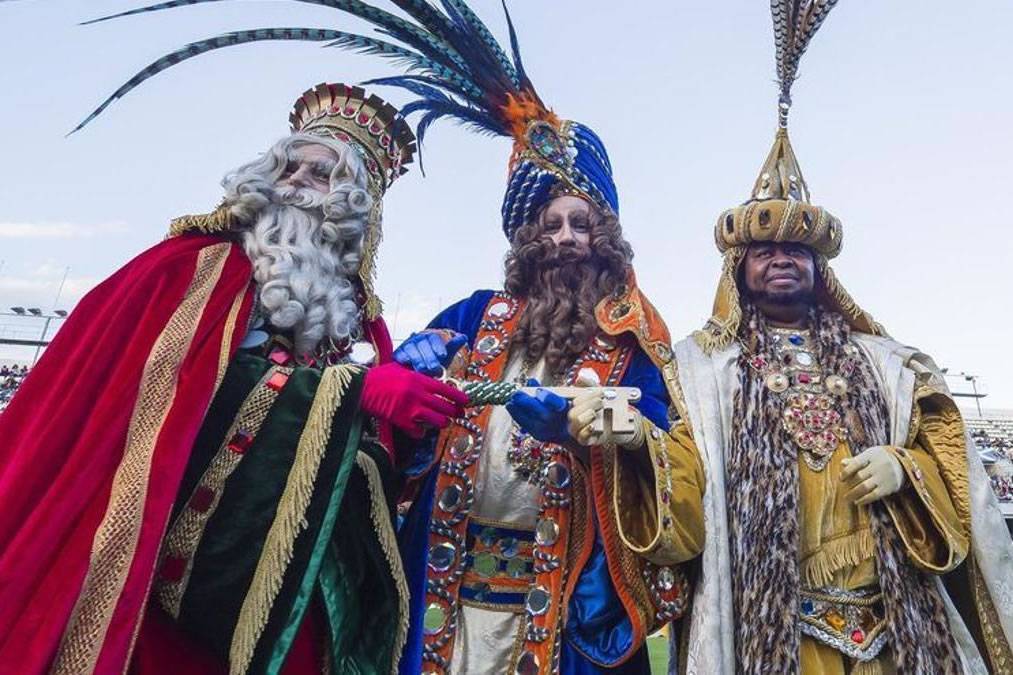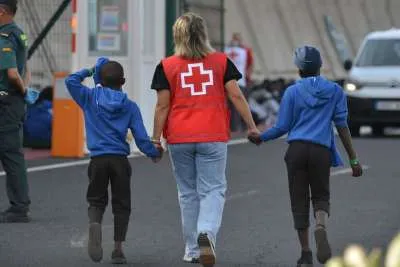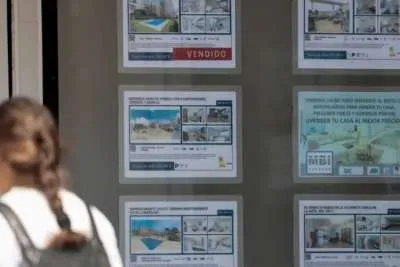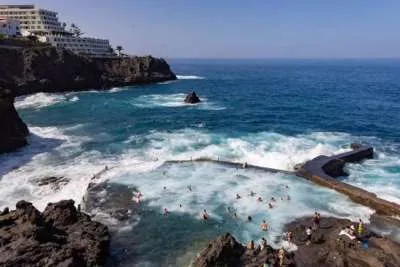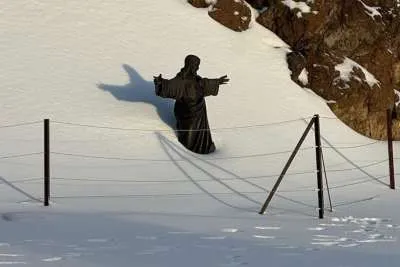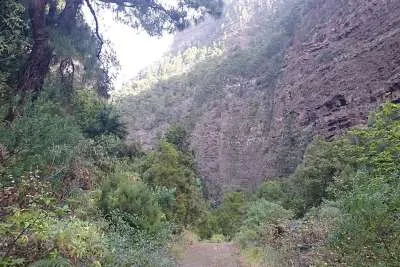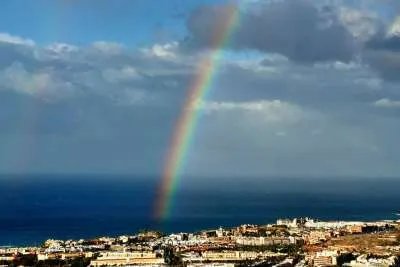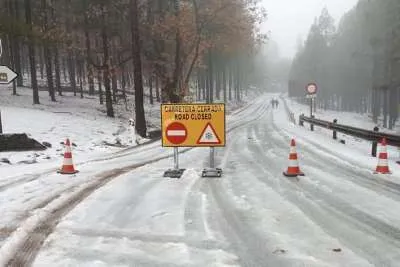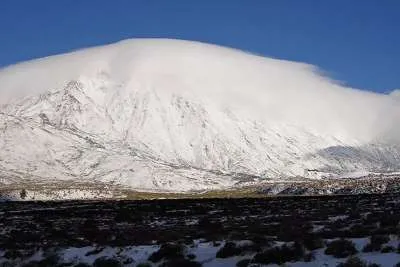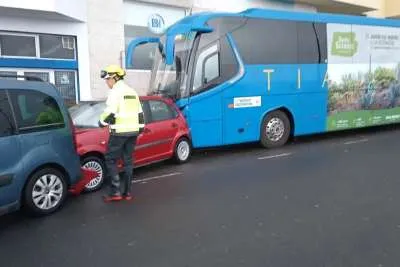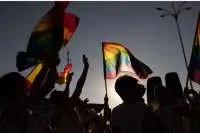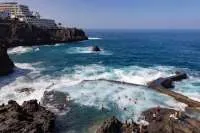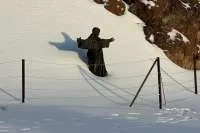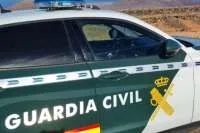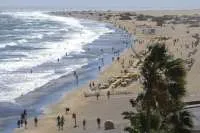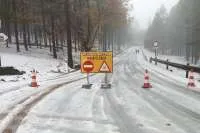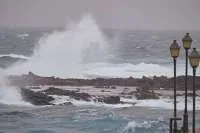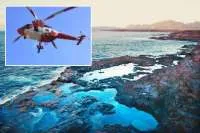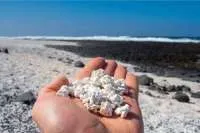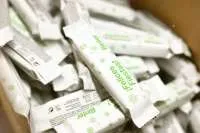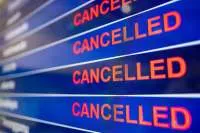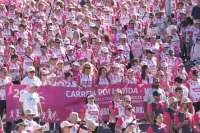What is Kings Day in the Canary Islands and where are the parades?
- 04-01-2024
- National
- Canarian Weekly
This weekend will see huge celebrations in Spain, including the Canary Islands, starting from tomorrow, Friday 5th January, with parades through all major municipalities of the country with the arrival of the Three Kings, and then the biggest bank holiday of the year on Saturday which in Spanish culture is considered to be more important than Christmas day.
Known as El Día de los Reyes Magos in Spain, or Epiphany in Christian culture, it is the day that the Three Kings bring presents for everyone, and marks the end of the festive holidays on the 12th day after Christmas.
What’s the origin of Three Kings Day?
According to the Bible, three wise men visited the newborn baby Jesus in Bethlehem and came bearing gifts. Their names were Melchior, Gaspar and Balthazar, and they brought gifts of gold, frankincense, and myrrh to the newborn saviour.
The Three Wise Men (or Three Kings as translated from Spanish) have been honoured in various European countries since the Middle Ages. Usually, the dates of January 6th and 7th are symbolic of representing the birth of Jesus, in contrast to December 25th as celebrated in the Western world.
When the tradition of Santa Claus bringing gifts to children on Christmas Day became popular, the Spanish culture adapted to this and used los Reyes Magos as the gift-bringers instead.
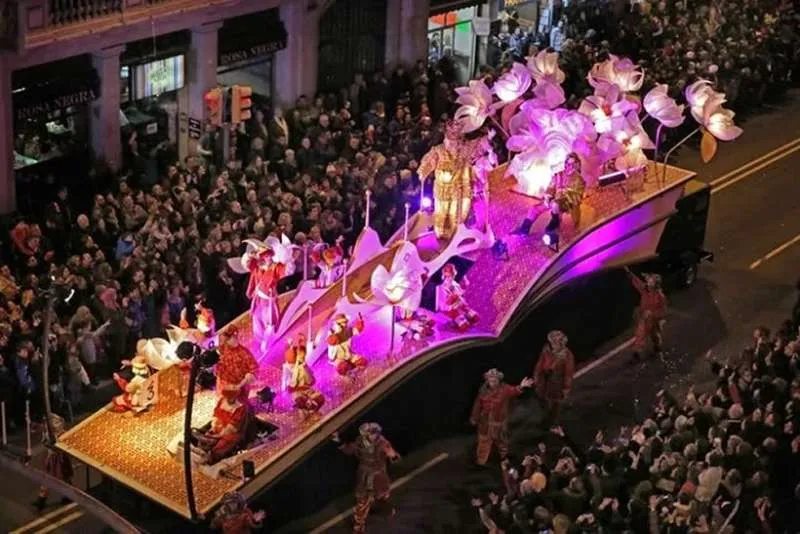
What do they do to celebrate King's Day?
On January 5th, in anticipation of the arrival of the Three Kings, Spanish towns and cities across the country put on spectacular parades. This parade is known as the Cabalgata de los Reyes Magos, or the Three Kings Day parade.
It brings dancers, musicians, and other performers to the streets. The parade finishes with the Reyes Magos riding on camels or elaborate floats, who throw sweets and candy into the crowds for the children.
Just like children waiting for Father Christmas, Spanish children have to get to bed early after watching the parades to ensure they don’t miss the Three Kings bearing gifts. They leave their best pair of shoes outside their doors to be filled with gifts. Again, just like with Father Christmas, Spanish children write letters to the Three Kings before the big day and leave out snacks and drinks for their camels. Naughty children might get sweet ‘coal’ in their shoes instead of gifts.
Don’t miss out on eating the Roscón de Reyes cake
There is also another big tradition on January 6th which is the Roscón de Reyes. This is a ring-shaped cake that is covered with small pieces of candy that are supposed to represent the jewels of the crown. It’s a sweet bread cake that can have cream inside and dried fruit on top too.
The fun part of the cake is that two things are hidden inside. One is a haba bean, and whoever finds this is the unlucky one and their punishment is to buy the Roscón! The second surprise is a toy, and whoever finds this is the king or queen of the day!
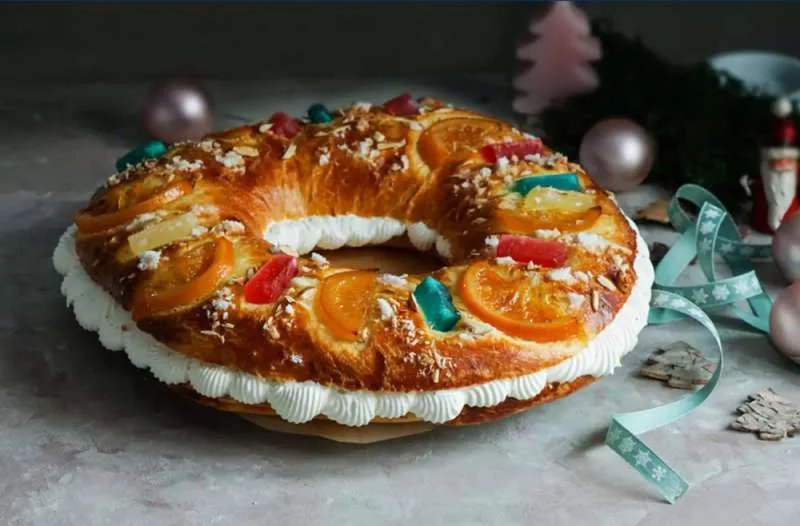
Other articles that may interest you...
Trending
Most Read Articles

Featured Videos
A Vision of Elvis Tenerife Promo
- 10-05-2025
TEAs 2025 Highlights
- 17-11-2025


